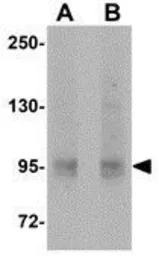EphA10 antibody
Cat. No. GTX85273
Cat. No. GTX85273
-
HostRabbit
-
ClonalityPolyclonal
-
IsotypeIgG
-
ApplicationsWB ELISA
-
ReactivityHuman, Mouse, Rat
